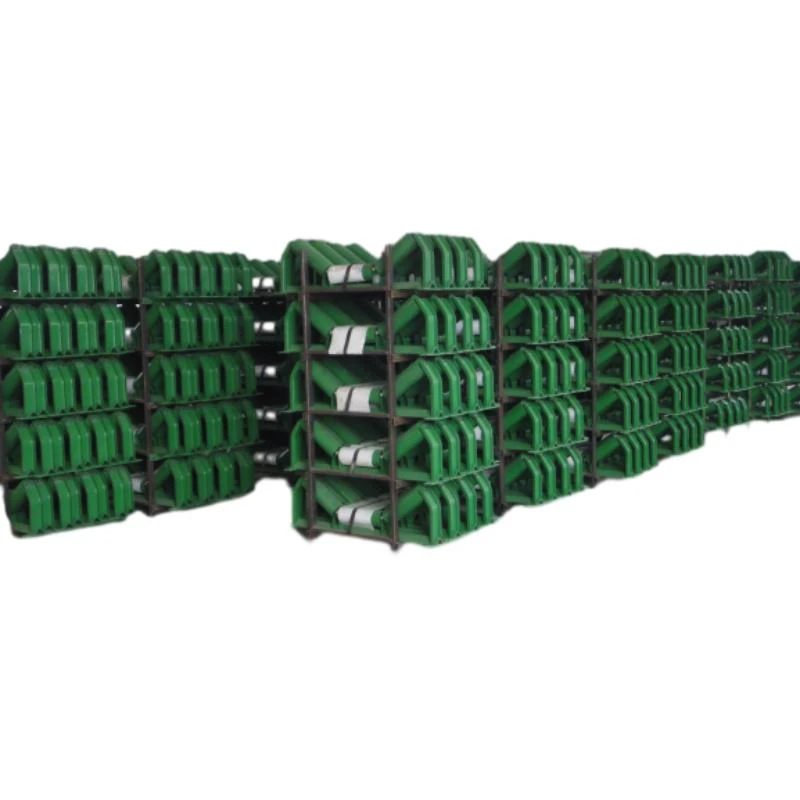 Afrikaans
Afrikaans  Albanian
Albanian  Amharic
Amharic  Arabic
Arabic  Armenian
Armenian  Azerbaijani
Azerbaijani  Basque
Basque  Belarusian
Belarusian  Bengali
Bengali  Bosnian
Bosnian  Bulgarian
Bulgarian  Catalan
Catalan  Cebuano
Cebuano  Corsican
Corsican  Croatian
Croatian  Czech
Czech  Danish
Danish  Dutch
Dutch  English
English  Esperanto
Esperanto  Estonian
Estonian  Finnish
Finnish  French
French  Frisian
Frisian  Galician
Galician  Georgian
Georgian  German
German  Greek
Greek  Gujarati
Gujarati  Haitian Creole
Haitian Creole  hausa
hausa  hawaiian
hawaiian  Hebrew
Hebrew  Hindi
Hindi  Miao
Miao  Hungarian
Hungarian  Icelandic
Icelandic  igbo
igbo  Indonesian
Indonesian  irish
irish  Italian
Italian  Japanese
Japanese  Javanese
Javanese  Kannada
Kannada  kazakh
kazakh  Khmer
Khmer  Rwandese
Rwandese  Korean
Korean  Kurdish
Kurdish  Kyrgyz
Kyrgyz  Lao
Lao  Latin
Latin  Latvian
Latvian  Lithuanian
Lithuanian  Luxembourgish
Luxembourgish  Macedonian
Macedonian  Malgashi
Malgashi  Malay
Malay  Malayalam
Malayalam  Maltese
Maltese  Maori
Maori  Marathi
Marathi  Mongolian
Mongolian  Myanmar
Myanmar  Nepali
Nepali  Norwegian
Norwegian  Norwegian
Norwegian  Occitan
Occitan  Pashto
Pashto  Persian
Persian  Polish
Polish  Portuguese
Portuguese  Punjabi
Punjabi  Romanian
Romanian  Russian
Russian  Samoan
Samoan  Scottish Gaelic
Scottish Gaelic  Serbian
Serbian  Sesotho
Sesotho  Shona
Shona  Sindhi
Sindhi  Sinhala
Sinhala  Slovak
Slovak  Slovenian
Slovenian  Somali
Somali  Spanish
Spanish  Sundanese
Sundanese  Swahili
Swahili  Swedish
Swedish  Tagalog
Tagalog  Tajik
Tajik  Tamil
Tamil  Tatar
Tatar  Telugu
Telugu  Thai
Thai  Turkish
Turkish  Turkmen
Turkmen  Ukrainian
Ukrainian  Urdu
Urdu  Uighur
Uighur  Uzbek
Uzbek  Vietnamese
Vietnamese  Welsh
Welsh  Bantu
Bantu  Yiddish
Yiddish  Yoruba
Yoruba  Zulu
Zulu drum lagging rubber
Drum Lagging Rubber Enhancing Durability and Performance in Conveyor Systems
In the world of industrial applications, the efficiency and reliability of conveyor systems are paramount. One essential component that contributes to the overall performance of these systems is drum lagging rubber. This specialized rubber material plays a crucial role in enhancing the operation of conveyor belts, particularly in industries such as mining, food processing, and manufacturing.
What is Drum Lagging Rubber?
Drum lagging rubber is a type of rubber material that is applied to the surface of conveyor drums or pulleys. Its primary function is to provide a high-friction surface, which improves the grip between the conveyor belt and the drum. This increased friction prevents slippage and ensures that the belt maintains its intended path and speed. Lagging can be composed of various types of rubber, including natural rubber, synthetic rubber, or a combination of both, depending on the specific application requirements.
Benefits of Drum Lagging Rubber
1. Improved Traction One of the most significant advantages of using drum lagging rubber is the enhanced traction it provides. In environments where heavy loads are transported, slippage can lead to efficiency losses and increased wear on the conveyor system. By utilizing high-friction lagging, the grip between the belt and the drum is significantly improved, minimizing the chances of slippage.
2. Extended Equipment Life By reducing slippage and wear on both the conveyor belt and the drum, drum lagging rubber contributes to the overall longevity of the conveyor system. This increased durability translates to lower maintenance costs and less frequent replacements, which is particularly beneficial for operations that run continuously or under heavy loads.
drum lagging rubber

3. Protection Against Wear The harsh conditions often present in industrial settings can lead to significant wear and tear on conveyor components. Drum lagging rubber acts as a protective layer, shielding the drum from abrasion and damage. This protection is crucial in environments where dust, debris, and other destructive materials can compromise equipment integrity.
4. Noise Reduction The use of drum lagging rubber can also lead to a reduction in operational noise levels. The rubber material dampens vibrations and decreases the sound produced by the conveyor system, contributing to a more pleasant working environment. This is particularly important in facilities where employee comfort and safety are prioritized.
5. Versatility Drum lagging rubber comes in various thicknesses and textures, making it suitable for a wide range of applications. Whether the operation involves transporting bulk materials, food products, or fragile items, tailored lagging solutions can be employed to meet specific needs.
Installation and Maintenance
The installation of drum lagging rubber requires careful attention to detail. Proper surface preparation is essential to ensure optimal adherence between the rubber and the drum. Once applied, the lagging should be regularly inspected and maintained to evaluate wear and tear. Timely replacement of worn lagging can prevent issues related to slippage and equipment damage, ensuring that the conveyor system operates efficiently.
In conclusion, drum lagging rubber is an indispensable component in the effective and reliable functioning of conveyor systems. Its ability to enhance traction, protect equipment, and reduce noise makes it a valuable investment for industries that rely on conveyor technology. As operations evolve and demand for efficiency increases, utilizing high-quality drum lagging rubber will undoubtedly contribute to improved performance and longevity of conveyor systems, thereby supporting the broader goals of productivity and cost-effectiveness in industrial environments.
-
Revolutionizing Conveyor Reliability with Advanced Rubber Lagging PulleysNewsJul.22,2025
-
Powering Precision and Durability with Expert Manufacturers of Conveyor ComponentsNewsJul.22,2025
-
Optimizing Conveyor Systems with Advanced Conveyor AccessoriesNewsJul.22,2025
-
Maximize Conveyor Efficiency with Quality Conveyor Idler PulleysNewsJul.22,2025
-
Future-Proof Your Conveyor System with High-Performance Polyurethane RollerNewsJul.22,2025
-
Driving Efficiency Forward with Quality Idlers and RollersNewsJul.22,2025





























